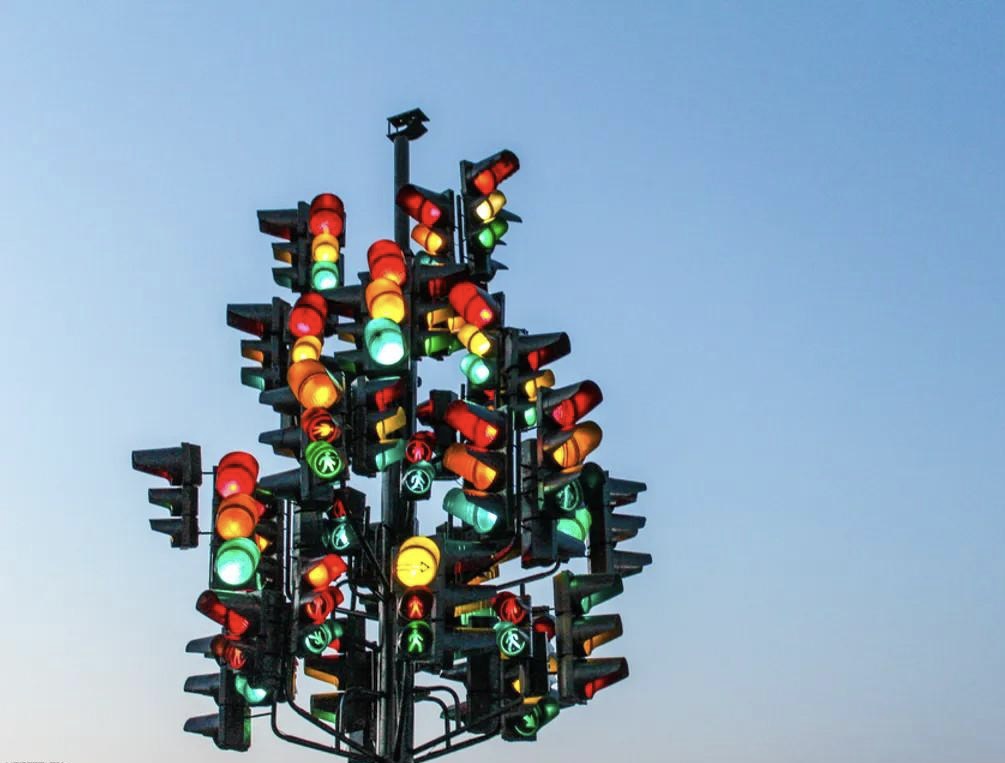

A recent media report states that traffic signals could come with a fourth light. This was suggested by simulations which predict an extra light from the regular red, yellow and green which could be used when there are autonomous cars on the road.
A white light will help humans to understand road conditions when the self driving cars are controlling the flow of traffic. When self driving cars get mainstream, crossing intersections will not require waiting. The cars will have vehicle-to-vehicle communication systems which will ensure seamless crossing with no intervention. Thus it’ll save both time and fuel.
When the white light comes on, it’ll tell the driver of the car to just follow the vehicle ahead. In this scenario, the self driven car will coordinate amongst traffic and determine the best flow.
However if there are no autonomous cars on the road, regular signal system will be in force.
Researchers have said they have found the white light to help increase traffic speed by 10-30 percent. Further, delays were reduced by 10.7 percent. The system will leave the work of navigation to autonomous vehicles while the human drivers can just concentrate on driving.
Also, the fourth light need not be a white light. It should just be a recognisable colour with universal acceptance.
Uber’s insights on Indian roads
Uber India has recently released the annual report about how Indians used the ride-hailing company in India. The insights have also revealed interesting trends of Indian cities as well as the habits of Indians.
Uber has been able to consolidate its data to share a report of insights. These include the highest number of trips, the total number of kilometers covered in Uber trips, popular travel trends in intercity travel, the city with the most late-night trips, and also several rider preferences.
Also Read – Indians spent 11 billion minutes traveling in Uber cabs in 2022